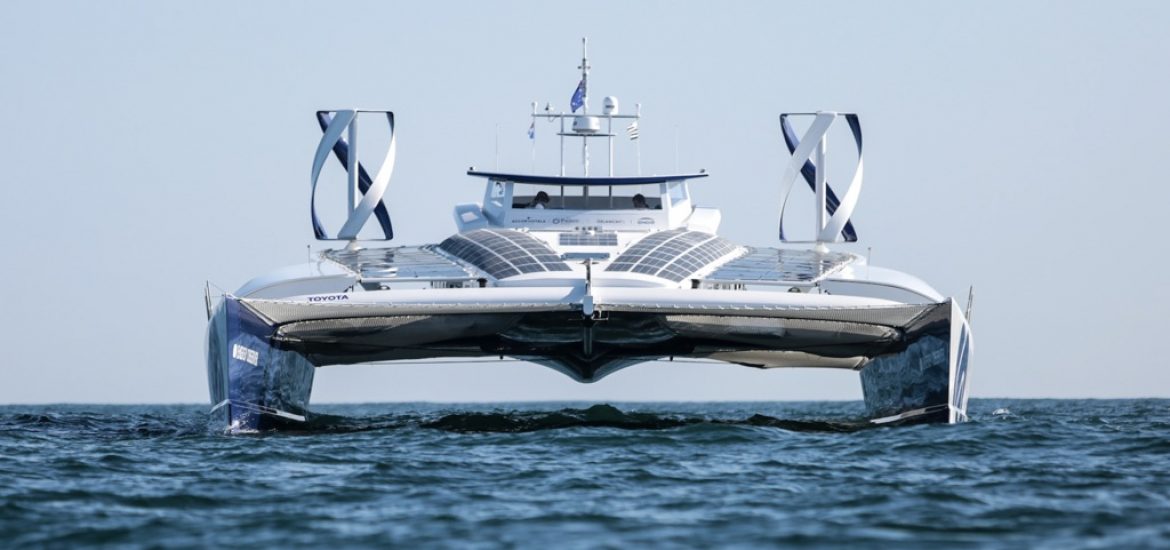
The 30-metre Energy Observer (pictured), the world’s first hydrogen-powered boat, has arrived in London to complete its European tour.
The project testing green maritime technology uses three renewable sources – solar, wind and hydropower – to move the boat and charge its batteries.
The ship and its six crew relied on solar for about 52 per cent of their energy, 42 per cent from the wind and 6 per cent from hydrogen.
The catamaran has sailed around 18,000 nautical miles since leaving Saint-Malo in France in 2017, via 25 countries and powered only by electricity.
In total it is due to visit 50 countries and 101 ports during its six-year journey.
The catamaran is 35 years old and had already circumnavigated the world several times before it was renovated for US$4.7 million.
“Millions of boats are transporting everything from what we’re wearing, to what we eat, to what we put over our heads. Everything is transported via maritime transport,” said Amelie Conty, a crew member on the silent vessel. “And so it’s really important that we find a solution to limit their impact on the planet.”
Conty said the boat’s technology should be commercially available to other vessels around the world in around five to 10 years.
The Observer has 168 square metres of solar panels and 12-metre high “Oceanwings” to generate power from the wind, while propellers harness energy from the waves to generate electricity.
The “wings” can rotate 360 degrees to catch as much wind as possible.
The Toyota-sponsored boat is hailed as the first vessel capable of producing hydrogen through seawater electrolysis when the sun is not shining and the wind dies down.
Seawater is pumped onboard the catamaran and the salt and minerals are removed then it is sent through an electrolyser to split the oxygen and hydrogen.
Oxygen is released and the hydrogen is compressed and kept in two tanks on either side of the catamaran.
A fuel cell uses the hydrogen to provide electric and thermal power.
“In total, it can store 62kg of hydrogen which is the equivalent of two megawatts of energy. This is the annual consumption of an average household – so a lot of energy,” Conty told the media.
“We use renewable energies all day long to charge our batteries and propel the boat. When we don’t have enough of those renewable energies we have our own hydrogen on board that we use to propel the boat,” she added.
The crew said they wanted to prove that global shipping could be far more green and that the Observers’ energy mix could transform the ocean transport and also energy grids on land.
Energy Observer. Picture credit: Wikimedia

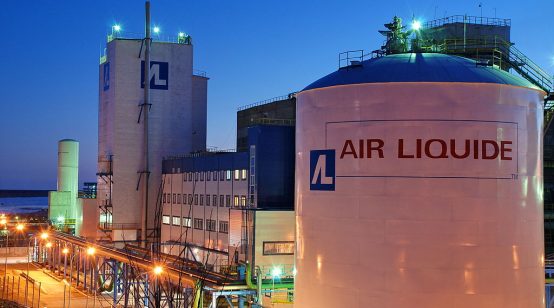
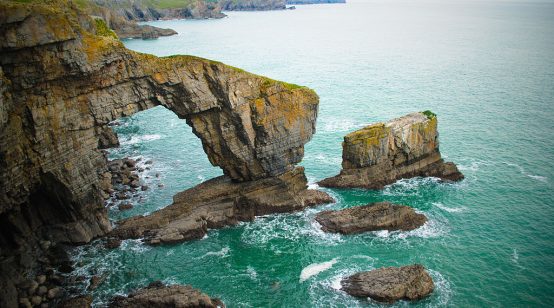
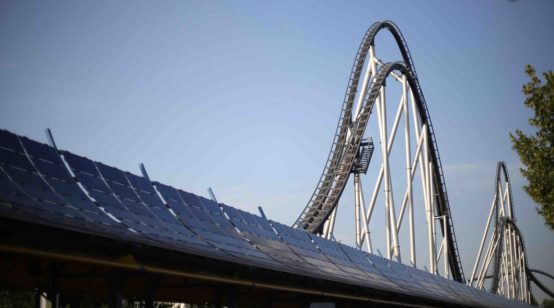
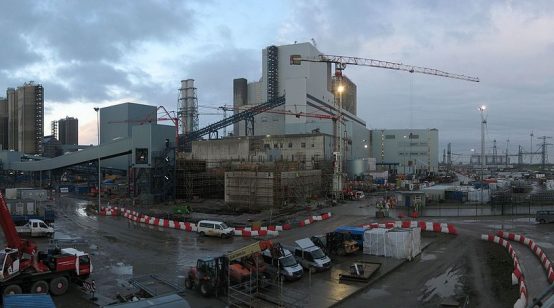

There are about 23 different hydrogen and fuel cell boats in existence, and a number of manufacturers are now starting to commercialise both the fuel cell power systems for propulsion as well as conventional engines specifically designed to run on either 100% hydrogen or a combination of conventional fuels and hydrogen.
Maersk has committed to go 100% carbon neutral by 2050, despite the IMO stipulating that shipping must reach a 50% emissions reduction within this time frame.
Japanese shipping companies are using synthetic methane, where the carbon is recycled through the system in order to utilise existing refueling infrastructure.
Green or blue hydrogen is expected to equalise on price by about 2030, according to most industry reports.